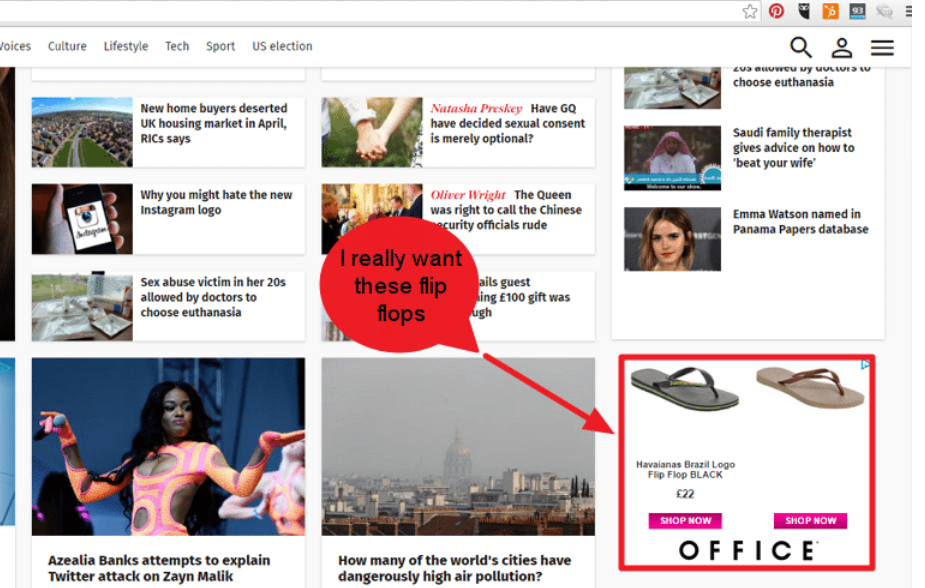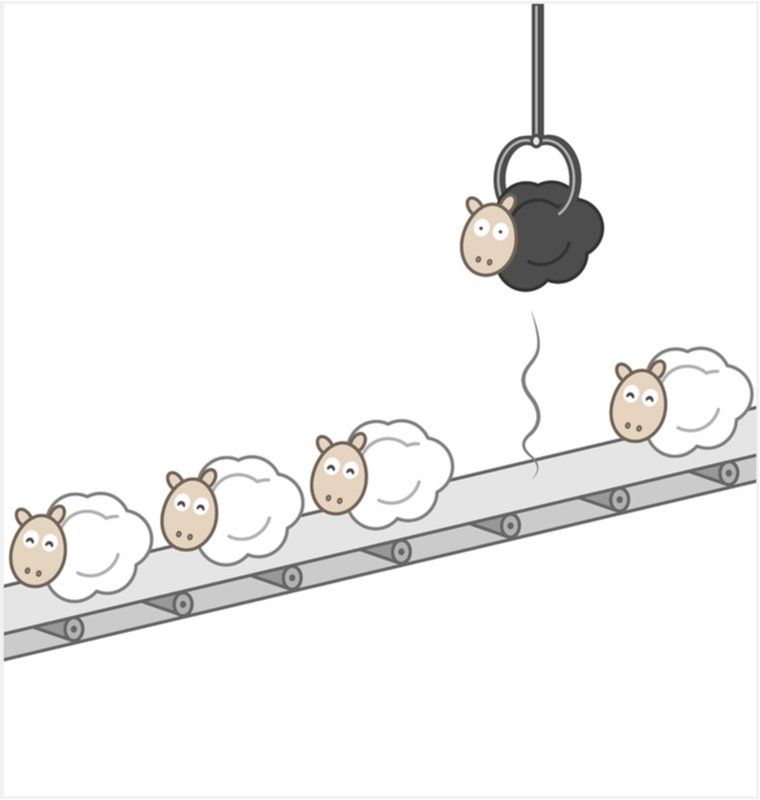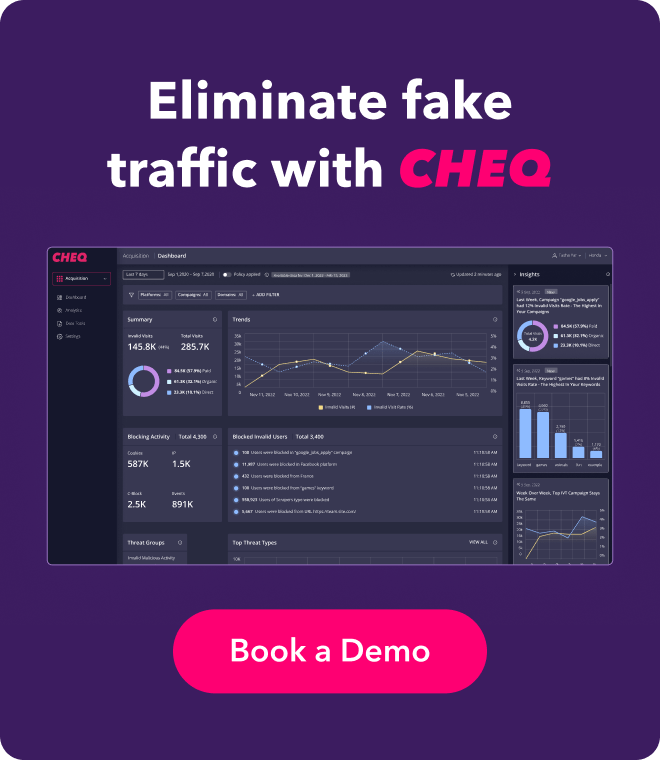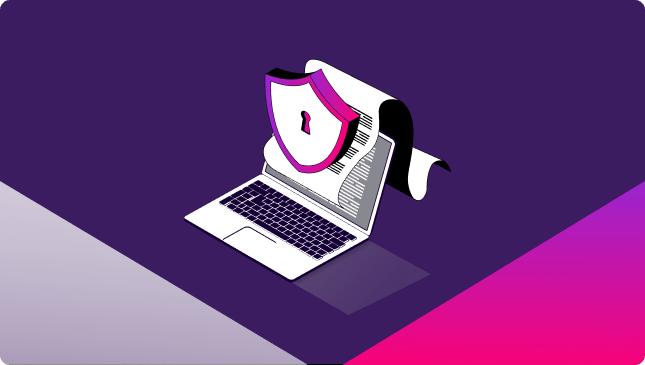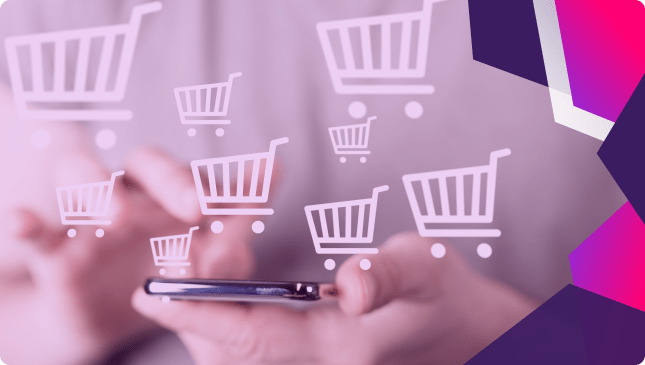Are your retargeting campaigns protected?
Jonathan Marciano
|Marketing | June 01, 2020

What is Retargeting?
Today’s smart digital advertisers put their money and time where it counts, that is, showing their ads to prospects who have already shown some level of interest in a product or service. Retargeting gets website visitors who didn’t convert back to your site by showing them relevant ads. In fact, one out of five marketers have a dedicated budget for retargeting.
Different types of retargeting
There are different types of retargeting depending on which prospects you want to reach:
Pixel-based retargeting is a way to re-display your material to any anonymous site visitor. This is probably the most common type of retargeting. When someone comes to your website, an unobtrusive piece of JavaScript (often referred to as a pixel) is placed on their browser — making their browser “cookied.”
List-based retargeting works after you already have someone’s contact information in your database. You can also use lists of your existing contacts for certain types of retargeting ads. The way that works is you upload a list of the email addresses to a retargeting campaign (usually on a social network like Facebook or Twitter), and the platform will identify users on that network who have those addresses and serve retargeting ads just to them.
Dynamic retargeting will show prospects ads featuring the exact items they viewed or left in shopping carts. The more data you collect on your customers, the more focused your retargeting ads can be.
Platforms used for retargeting
There are many third-party platforms to do web and social retargeting, such as PerfectAudience, AdRoll, Retargeter, Bizo, Criteo, and more. You can also do retargeting through specific platforms like Facebook, Twitter, and LinkedIn. Such companies enable you to place retargeting ads with multiple networks and also to determine what devices (laptop, mobile, etc.) you would like to display your ads. Ad servers used by these companies can store your creative, place your ad, track metrics and in some cases automatically show ad versions you prepared according to which one is attracting the most interaction.
Google this year announced plans to phase out third-party cookies, which has seen companies such as Criteo diversify beyond retargeting. This includes introducing a self-service platform that places ads across retailer e-commerce sites. This relies on first-party data collected by retailers, which have rich data sets about customer purchasing history. That information can be harnessed for improved ad targeting on retailer websites.
Why should I use retargeting?
If you are doing business on the Internet, you should be retargeting. Here are some of the reasons:
- Bring customers back to your site who have already demonstrated interest in your products.
- Retargeting increases click-through rate (CTR) tenfold. The average CTR for a regular display ad is just 0.07. CTR for retargeted ads is 0.7% – 10 times higher.
- Retarget your customer with a message appropriate to where they are in the sales funnel.
- Keep your brand top of mind with your customers.
- Personalize your message for each customer.
- Follow your customer across devices and platforms.
- Show your ads to your customers when they are the most interested. Customers who see retargeted ads are 70% more likely to convert on the advertiser’s website.
Who should I be (re) targeting?
Although you can retarget everyone who visits your site at every part of the sales funnel, it is more cost-effective to narrow your focus. Your message to customers will vary depending on your goals and where they are in the sales cycle. So, depending whether your goal is to drive sales, increase brand awareness, foster brand loyalty or something else, you may want to consider one or more of the following for retargeting.
- Abandoned sales cart customers: An obvious candidate for retargeting is someone who abandons their sales cart. A retargeting ad can remind them of what they left behind. The customer may have been interrupted before they could complete their purchase, or they may have intended to postpone the purchase until a later time. With dynamic retargeting, you even can show the customer the exact items they left in their shopping cart
- New site visitors: New site visitors are at the top of the sales funnel, and you may want to direct ads to them that educate them about your products and services in order to attract them to further explore. You may want to limit your retargeting to those who spend at least a set amount of time on your site.
- Mid-funnel customers: Mid-funnel customers already know what you are selling and have already expressed some interest. Perhaps they have signed up for an email newsletter or downloaded a report. Ad retargeting is your opportunity to encourage them to make a purchase. Ads you display to this audience should have strong calls to action and attractive offers.
- Previous Customers: Don’t take customers who have already purchased from you for granted. Retarget them with ads that offer add-on products for a product they purchased earlier and loyalty program perks.
However despite all the great merits of retargeting, there are a number of issues that campaigns can run into.
Problem 1: Not being focused enough
Digital marketing entrepreneur, Neil Patel advocates the importance of tailoring your targeting and not just zapping anyone that visited your site. This may mean delivering specific ads to everyone who landed on a specific web page URL, rather than simply retargeting all site visitors. This allows the targeting, for instance, of a select group of interested, potential buyers back to their site. Retargeting based on specific URL visits is most effectively done through: Google AdWords and Facebook Ads. You can also retarget people based on Facebook page engagement. Patel says: “Because you know these users are active on Facebook, this means your retargeting efforts are going to be much more successful. These hyper-aware users are likely always checking out new brands on social media. It only makes sense to target them with Facebook Ads.”
Problem 2: Retargeting Bots/Preventing click fraud
What if some of the visitors to your website are not really potential customers but represent invalid or bot clicks? Sometimes what looks like a visitor is not a human at all, but a bot or a web crawler.
You need protection so you are only spending your resources on retargeting real human prospects not malicious bots. If you don’t protect yourself, expect to lose around 14% of your paid search and paid social remarketing budget to click fraud. Click fraud pollutes the pool of any audiences you build from your customer data. In many cases, marketers spend good money chasing bad bots, who (as non-humans) will never convert. It is necessary to remove these bad bots from your retargeting machine.
CHEQ has launched the first, cyber-driven platform for the elimination of fraudulent and invalid clicks across all PPC and paid social platforms. This includes Google Ads, Bing, Facebook, and all platforms that allow retargeting (you can book a demo here).
In one instance, we found that an enterprise SaaS company suffered high retargeting costs but extremely poor conversions. The team of marketers was baffled as to the reason why. After deploying CHEQ to their tag manager, they could analyze all users arriving on site. CHEQ found that 8.93% of the client’s organic clicks to the site were generated by completely invalid, non-human, users. The invalid clicks were generated primarily by data centers and malicious crawlers, tainting the quality of their retargeting audiences. The company was able to achieve fraud-free retargeting audiences by excluding these invalid users via a CHEQ supplied “Invalid Audience” pool.
Problem 3: Not effectively measuring your campaign
The issue of poor-performing retargeting campaigns only underlines the importance of proper campaign measurement. The good news is that if an ad is not performing, you can tweak it and immediately start serving your new ad or investigate issues of bot traffic. It’s not enough just to track clicks. When you choose a DSP, make sure they can enable you to track a variety of metrics. Depending on the goals of your campaign, these may include the following and a lot more:
- Impressions
- Cost per thousand impressions (CPM)
- Click-through rate (CTR)
- Cost per acquisition (CPA)
- View-through conversion (VTC)
- Click-through conversion (CTC)
- Return on investment (ROI)
- Return on Ad Spend (ROAS)
Problem 4: complaints of being overbearing
Though it is great that customers see your ads, too many views can seem creepy, damaging your brand perception. It is important to set a frequency cap to limit how often users see your ads and to stop targeting customers after they have seen your ad a certain number of times. The retargeting solution, ReTargeter, suggests setting it to 17 to 20 ads per user per month. In addition to frequency capping, exclude converted customers from your campaign. This ensures you aren’t chasing customers who have already converted.
Conclusion
Retargeting is a great way to keep your prospects engaged and interact with people who have already shown interest in your company. The latest numbers show that only 4% of site visitors end up making a purchase, making it a crucial part of your marketing mix. In addition, new online shoppers are only half as likely as returning customers to place an item in their cart at just a 7.6% rate, compared to 14.8% to existing shoppers. So this is a valuable way of remaining in front of these prospects.
However, it is crucial to spend time understanding the objectives of your campaigns, providing tailored messages on the right platforms, and ensuring you are not simply chasing bot shadows around the web or annoying your (real human) prospects. This will be crucial to developing decisive and creative campaigns that increase conversions and maximize your return on investment.
